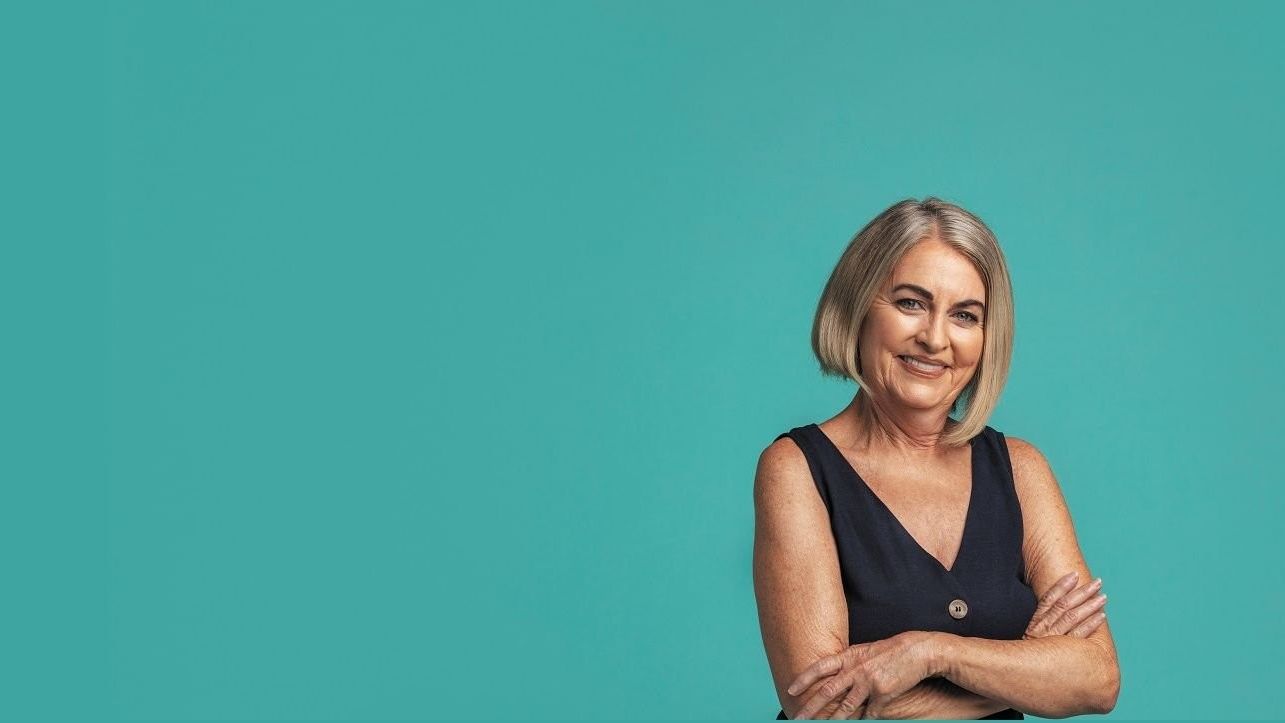Can you stand on one leg for 10 seconds?
Work-life balance is one thing, but researchers say working on body balance extends life.

Key points
One-third of people over the age of 65 fall every year.
Poor balance is a cause of falls.
It is never too early to begin working on improving your balance.
Seniors are being encouraged to do the thing many fear – fall over. It is part of an innovative program where seniors who are losing there sense of balance – which is common as we age – are learning to fall without injuring themselves or being hospitalised.
At the Falls Prevention Lab at Neuroscience Research in Sydney, a first-of-its-kind booby trap obstacle course is being tested.
One-third of people over the age of 65 fall every year, often because of poorer eyesight, weaker muscles or dizziness caused by illness or medication.
When older people fall, they are more likely to break bones, setting off a train of health problems – a quarter of adults aged 69 or older who fracture their hip die within a year.
Training to prevent this involves balance exercises, such as practising standing on one leg.
After a decade-long study of 1,700 middle-aged participants, British researchers concluded that an inability to balance was associated with an almost twofold increase in the risk of death.
Tests included volunteers trying to stand on one leg with their other leg pressed against it, arms by their sides, and eyes fixed straight ahead for 10 seconds.
The disturbing finding was that after accounting for age, sex and underlying conditions, an inability to hold the position for 10 seconds – given three attempts – was associated with an 84 per cent heightened risk of death from any cause.
One in five participants failed to pass the test, which rose with age – more than one in three (37 per cent) failed between ages 66 and 70.
Poor balance can be the result of conditions or related to the same lack of physical activity that causes them – but the number of bodily systems involved in balance suggests that actively maintaining it is likely to keep other problems at bay.
The age-related causes include impaired vision or slowing nerve signals. Lowered blood pressure can lead to light-headedness, while reflexes and coordination slow with age.
Falls: key facts
1 in 3 older Australians has experienced a fall in the past 12 months.
Many falls are caused by hazards in and around the home.
Falls can cause hip fractures and other injuries that require lengthy hospital care and long-term effects.
See your doctor for a check-up if you have fallen before, even if you were not injured.
Resistance exercises include sensibly lifting weights or hiking. Exercise comes with other proven health benefits, from improved bone density to a reduced risk of Alzheimer’s and other forms of dementia.
It is best to consult your doctor, physio, or sports physiologist. Experts say just 15 minutes a day of balance practice can be beneficial, but if you have more time, use it. Use these exercises on a hard, level surface:
Easy: Standing on one leg with your hands resting on a work surface if you are unsteady. See how long you can maintain your balance. Make it harder by going up onto your tiptoes or doing ten small knee bends. Do this one while you are brushing your teeth.
Medium: From standing, take a big step forward, and bend your front leg until your trailing knee brushes the floor. Then push off your front leg and return to a standing position.
- Progress to walking lunges, where you move across the ground by lunging on alternate sides and add hand weights to build muscular strength.
Hard: Try step-ups onto a step or box: put one foot onto a box and push through on that heel to step up so both feet end up together. To ensure you are not using your trailing leg to help, keep your toes off the ground on that foot. Progress by using a higher step or taking your trailing leg up towards your chest. Try ten with your right leg, and then ten with your left, and add hand weights to build strength.
For further reading: NEURA, The Guardian, Health Directive







